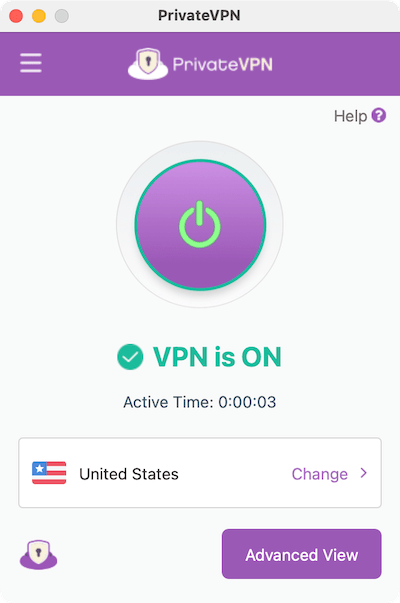


Cons: Manual configuration takes a little bit to set up and connect to. It lets you connect to a private network even if your device isn’t compatible with any apps (although that should never be the case if you’re on a Mac). Pros: If you’re on a device that doesn’t work with your VPN app, manual configuration is an option. Manually configuring your Mac to be on a private network isn’t the easiest of processes, but we’ll go over its pros and cons anyway. Some people may not need a VPN to encrypt their web activity and Mac IP address rather, they may want to connect to a private network remotely, like that of a school or business. Kaspersky VPN – Mac App On Manual Configuration Download the VPN app either through the app store or from the VPN’s website directly.  Cons: Not every VPN will have apps for all of your devices, although most, if not all, have macOS apps. VPN apps, aside from being easy to set up and use, also come with kill switches that shut down all web browsers and apps if the connection fails. Pros: VPN apps let us connect to servers with one click and change servers with another click (think of it like Amazon’s 1-Click Ordering, but for VPNs). When we test out VPNs, we always download the VPN’s app for macOS onto our 2011 MacBook Pro, and this is by far the most straightforward method. However, there are a few other ways of skinning this cat. The easiest way to set up a VPN on your Mac is to download a VPN app.
Cons: Not every VPN will have apps for all of your devices, although most, if not all, have macOS apps. VPN apps, aside from being easy to set up and use, also come with kill switches that shut down all web browsers and apps if the connection fails. Pros: VPN apps let us connect to servers with one click and change servers with another click (think of it like Amazon’s 1-Click Ordering, but for VPNs). When we test out VPNs, we always download the VPN’s app for macOS onto our 2011 MacBook Pro, and this is by far the most straightforward method. However, there are a few other ways of skinning this cat. The easiest way to set up a VPN on your Mac is to download a VPN app. #Vpn for dummies mac how to#
The good news is that setting up a VPN on Macs is easy, and we’ll tell you exactly how, starting…now! Surfshark Connected to VPN How to Set up a VPN on Macs When we’re using our Macs, either for sensitive journalistic research or for shopping online, we don’t want our internet service provider to know our every move. These days, privacy is hard to come by, but VPNs are a great way to stay private online.







 0 kommentar(er)
0 kommentar(er)
